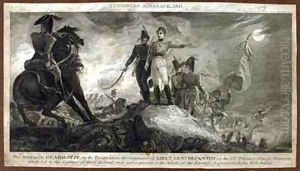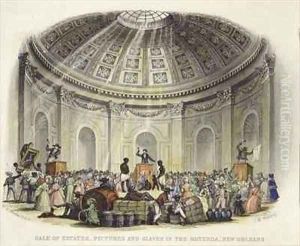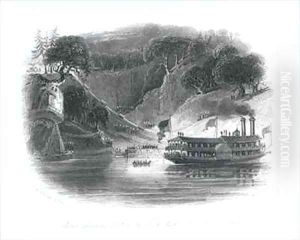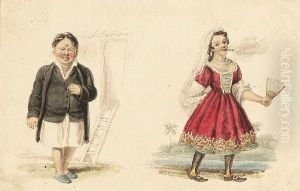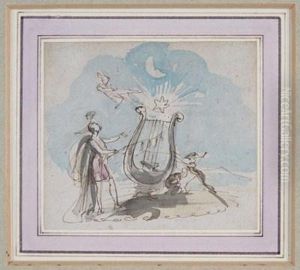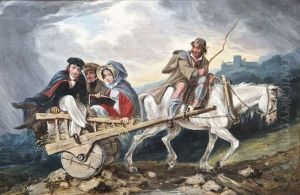Brooke, William Henry Paintings
William Henry Brooke was an English artist and illustrator, known primarily for his work as an engraver and illustrator in the early to mid-19th century. Brooke was born in 1772, during a period of significant social and artistic development in Britain. He was part of the generation that witnessed the Industrial Revolution and its impact on the arts.
Brooke's early life and training are not extensively documented, but like many artists of his time, he likely received a traditional apprenticeship in engraving and illustration. His skills in these areas would have been in high demand, particularly with the growing popularity of illustrated books and periodicals, which were becoming more accessible to the general public due to advancements in printing technology.
Throughout his career, Brooke contributed illustrations to a variety of publications. He was skilled at engraving, which was the primary method of reproducing images for books and magazines before the advent of photographic processes. Brooke's illustrations were known for their detail and clarity, which made them suitable for the intricate work of book illustration.
One of Brooke's significant contributions to the art world was his work with the writer Mary Martha Sherwood, for whom he illustrated several books. Sherwood was a prolific author of children's literature, and Brooke's illustrations were integral to the success of her works. His images helped to define the visual culture of the time and provided entertainment and moral education to young readers.
William Henry Brooke's death in 1860 marked the end of a long career that spanned a dynamic period in British history. Though he may not be as widely remembered as some of his contemporaries, his work remains a testament to the craft of engraving and illustration in the 19th century. Brooke's contributions to illustrated literature reflect the tastes and values of his time and continue to be of interest to historians and collectors of early 19th-century art and literature.
